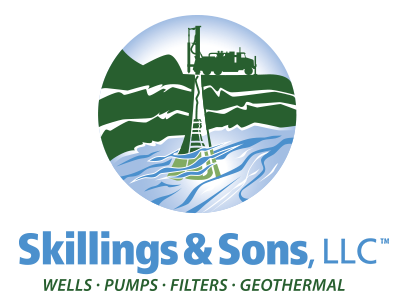

The 25D Geothermal Heating and Cooling tax credit is available to federal taxpayers who install geothermal heat pumps in their homes.
This incentive is available through the 25D Residential Clean Energy Property Credit, a US government program that covers 30% of the cost of eligible geothermal heating and cooling systems.
The 25D tax credit doesn’t just apply to geothermal technology. It also covers several other residential clean energy property upgrades, including solar panels and solar water heaters.
Source: https://homes.rewiringamerica.org/federal-incentives/25d-geothermal-heating-and-cooling-tax-credit
Thanks to next-generation technologies that could make it possible to harness earth’s heat in more places, geothermal has the potential to be bigger than any clean energy source other than solar, per a recent International Energy Agency analysis.
New geothermal systems could technically provide as much as 600 terawatts of carbon-free power capacity by 2050, according to the IEA. Most of this humongous technical potential is available only at much higher temperatures and far greater depths than conventional tools are able to access — potentially as deep as 8 kilometers, or around 5 miles.
Boston University’s new zigzagging tower that looms over the Charles River has garnered plenty of attention because of its unusual shape: Is it meant to be a pile of staggered computer servers? A stack of books? Or a precarious Jenga game?
But in many ways the most important feature of this 19-story tower is what’s happening beneath it, well beyond the view of curious commuters. BU’s 345,000-square-foot Center for Computing & Data Sciences will be heated and cooled by 31 geothermic wells, dug roughly 1,500 feet below the ground. All of its electricity, including the power needed to run the geothermal pumps, has been secured through a broader, long-term campus procurement with a wind farm in South Dakota. There’s not one natural gas pipe to be found.
Framingham, Massachusetts is the site of the first gas-utility-run networked geothermal system, ever! Once complete, this network of water-filled pipes, heat pumps and boreholes will provide heating and cooling to a community of over 40 houses, apartments, and commercial buildings, including low-income housing.